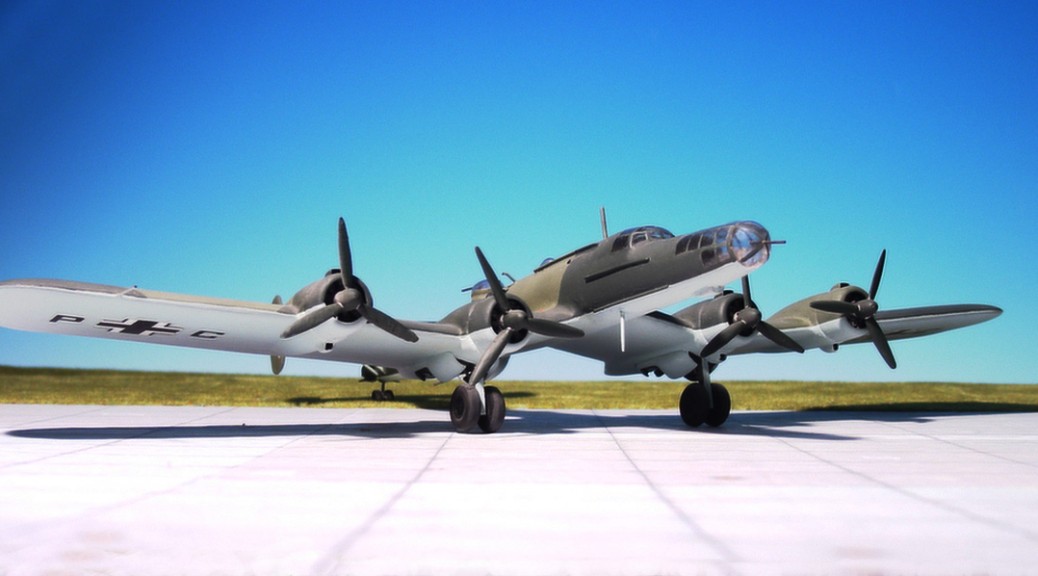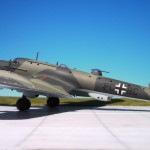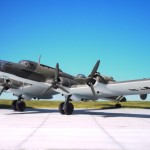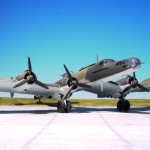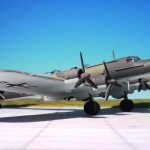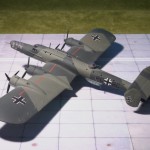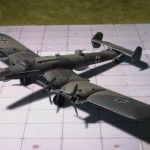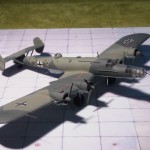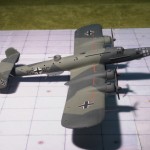TYPE: Long-range maritime patrol aircraft
ACCOMMODATION: Crew of six
POWER PLANT: Four BMW 132H-1air-cooled radial engines, rated at 870 hp
PERFORMANCE: 232 mph at sea level
COMMENT: The Blohm & Voss BV 142 was a civil aircraft developed for the transatlantic airmail service, originally designed for the Deutsche Luft Hansa (DHL). The first prototype was flown on 11 October 1938. The aircraft had four engines mounted on a low inverted gull monoplane wing, high horizontal stabilizer, and a double vertical tail, based on the Blohm & Voss Ha 139 float plane.The wing center section was strengthened by a typical Blohm & Voss cross-girder, which consisted of a large-diameter pipe. This transverse tube (divided internally into five sections) also acted as a fuel tank. The center wing was metal-covered, while the outer wings were fabric-covered. The fuselage was of metal and had an approximately circular cross-section. Each main landing gear leg had dual wheels and was fully retractable, as was the tailwheel. The landing gear was hydraulically lowered and retracted.
Only four prototypes (V1 through V4) were built. These aircraft were tested by Lufthansa and used briefly in the postal service. However, the outbreak of WW II ended further development of the civilian project. Soon after, it was proposed to convert all four prototype BV 142’s to long-range maritime patrol aircraft. The BV 142 V2 thus underwent a trial modification. It was fitted with an extended nose section with extensive glazing (like the Heinkel He 111H-6), defensive armament (MG 15 machine gun in the nose, twin-beam positions, a ventral cupola, and a powered dorsal turret), a compartment for ordnance in the fuselage, and navigation and military radio equipment. The BV 142 V2 was redesignated BV 142 V2/U1 while the V1 was similarly converted. Both were used operationally from late 1940 and were posted to the Luftwaffe’s Second Surveillance Group. However, their performance was disappointing, and after only a few missions, they were withdrawn from service in 1942. The two other aircraft (V3 and V4) were used as transport aircraft and could transport 30 fully equipped soldiers over 4,000 km. The ultimate fate of V3 and V4 is unknown. It was later planned to use the V1 and V2 to carry the Henschel GT 1200C guided torpedo, but the plan was scrapped (Ref: 24).
